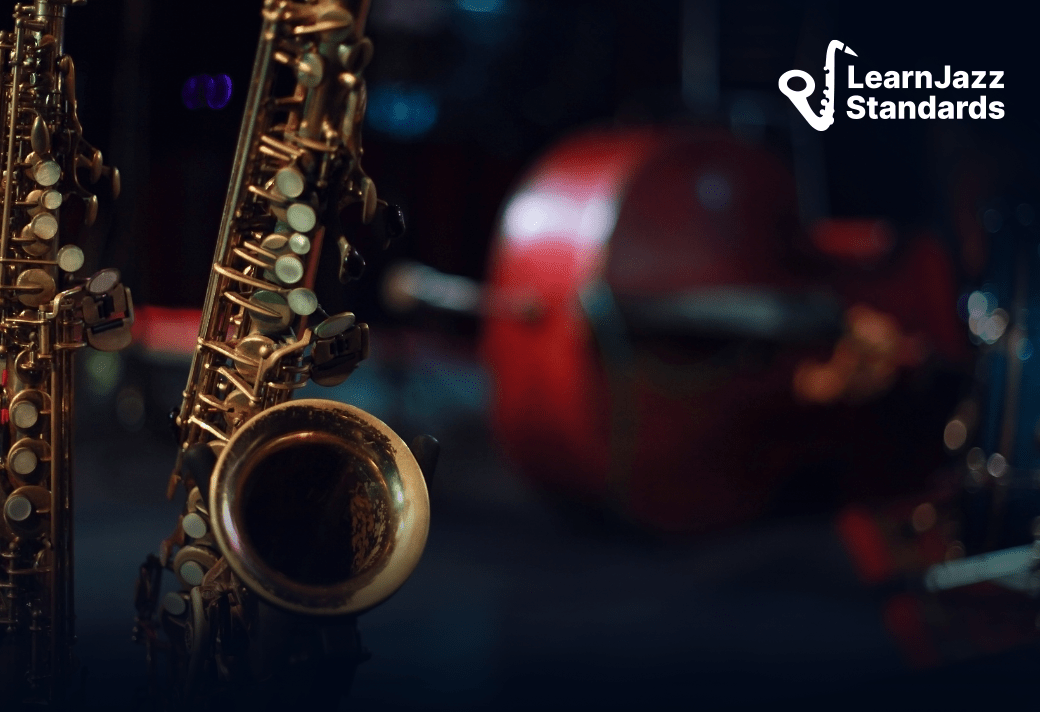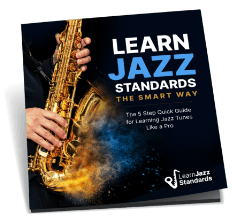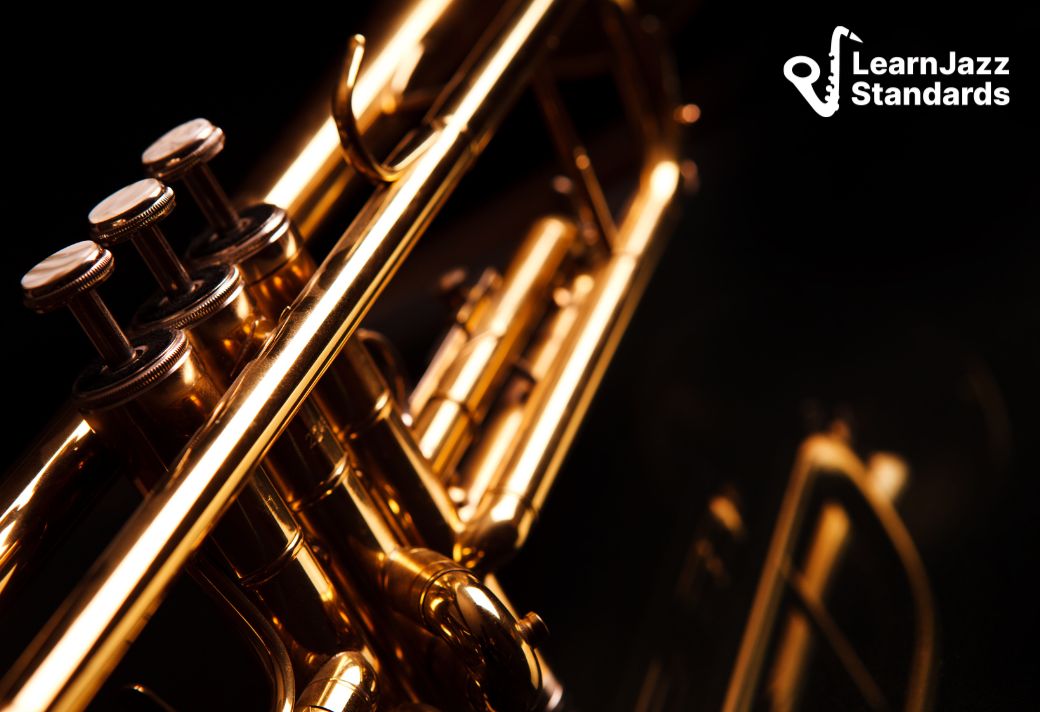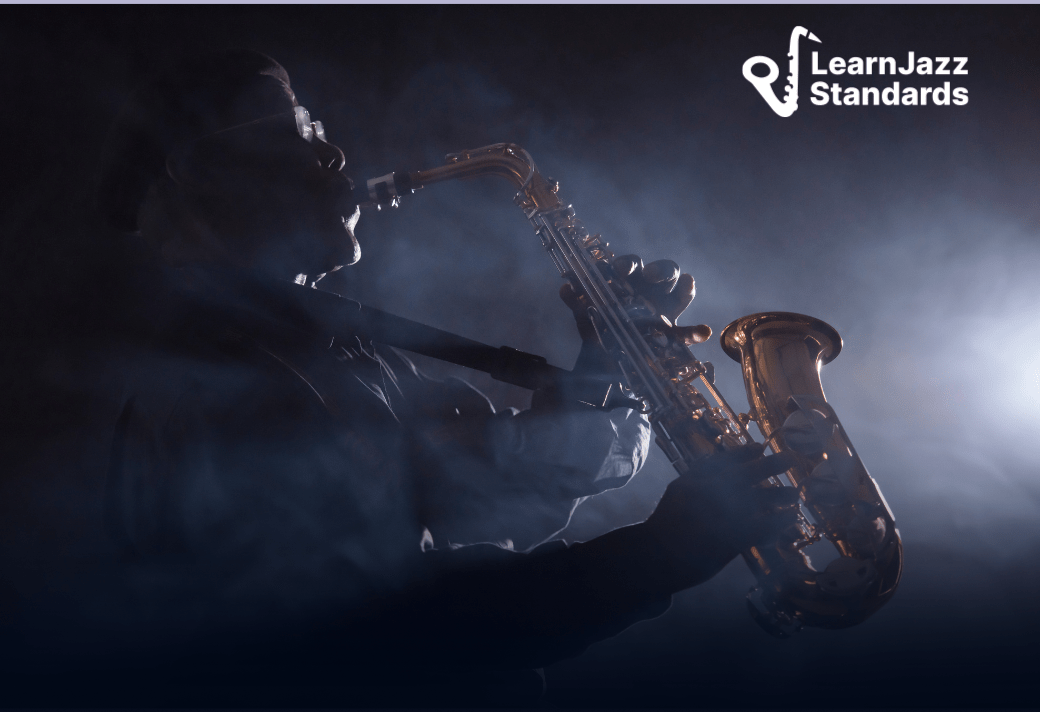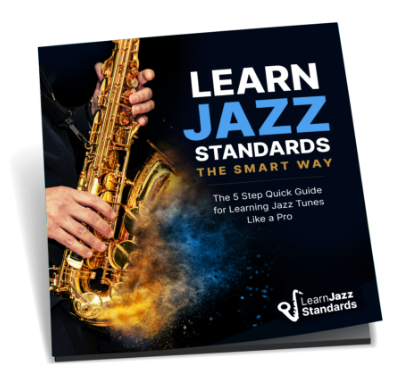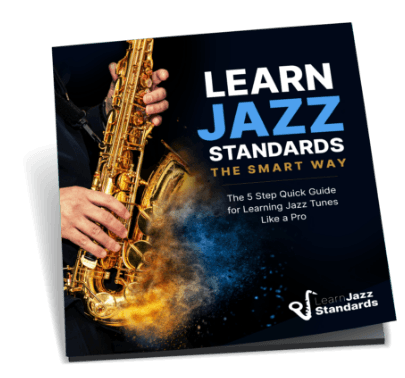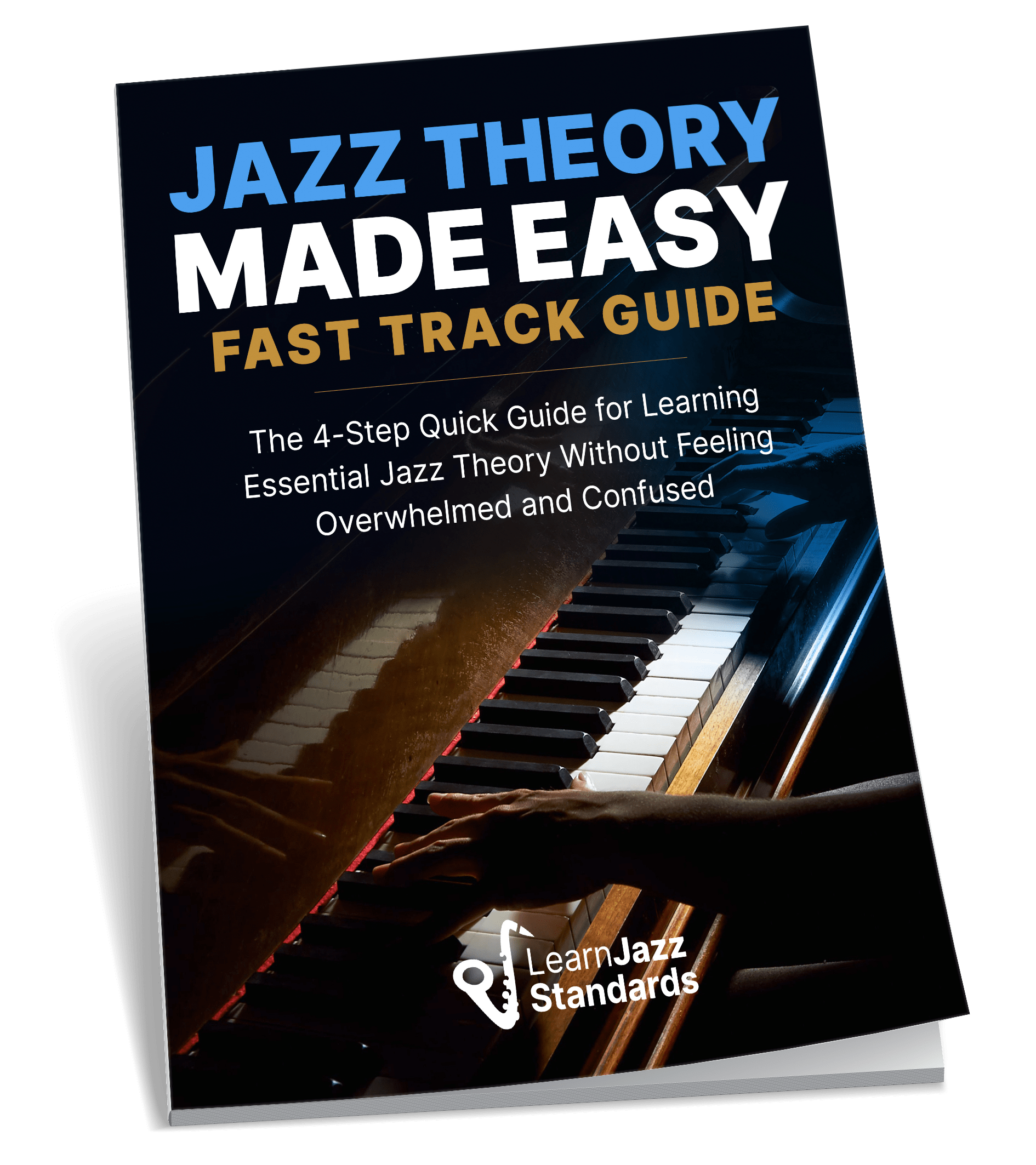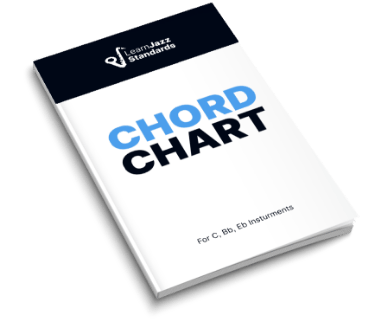Jazz fusion is an important subgenre and a crucial part of jazz’s history and evolution. If you want to grasp the complete picture of jazz and its influence on music, you’ll need to learn about jazz fusion!
This exciting branch of jazz music emerged in the 1960s and is still relevant today! In fact, many famous mainstream jazz musicians, such as Miles Davis, Herbie Hancock, and Chick Corea, worked in the subgenre.
In this article, we’ll cover the history of jazz fusion and its relevance to music history! We’ll also list the most essential jazz fusion artists you should definitely check out if you want to dive into this awesome subgenre.
Want to take your jazz playing to the next level, but don’t know where to start? Check out the Learn Jazz Standards Inner Circle. The Inner Circle helps players like you cut out all the noise and focus on what makes you a better player.
Improve in 30 Days or Less. Join the Inner Circle.
Table of Contents
What Is Jazz Fusion and Where Did It Come From?
Jazz fusion is a subgenre of jazz that emerged in the late 1960s. It integrates jazz improvisation and jazz harmonies with the rhythms, instrumentation, and production techniques of rock, funk, and other contemporary styles.
Generally, jazz fusion features electric instruments, such as electric guitar, bass, and keyboards. It also features other musical characteristics like complex time signatures, extended solos, and a strong emphasis on groove and technical virtuosity.
Stylistically, it departed from traditional swing-based jazz by incorporating straight rhythmic feels, amplified electronic sound, pop and rock audio production techniques, and studio experimentation.
What Are Jazz Fusion’s Defining Characteristics?
What makes the jazz fusion genre distinct from straight-ahead jazz or rock music? What common characteristics connect the Mahavishnu Orchestra to Weather Report or to Return To Forever?
Several characteristics make jazz fusion distinct as a genre compared to traditional jazz. Remember that you’ll always be able to find exceptions to these rules. However, the following characteristics are a general overview of what you can expect from most jazz fusion recordings.
1. Instrumentation
Traditional jazz uses acoustic instruments and emerged during a simpler time, before new and exciting technological advances were made in the world of electronic instruments. Jazz fusion artists often played electronic instruments over traditional acoustic instruments.
- Instead of an acoustic piano, you’d more likely hear an electric piano, a Fender Rhodes, or an analog synthesizer.
- Instead of acoustic bass, you’d more likely hear electric or synthesized bass.
- Instead of a warm and simple jazz guitar sound, you’d more likely encounter electric guitar with various effects.
- It’s even possible that instead of acoustic drums, you’ll hear drum machines or electronic drums.
- Though traditional acoustic wind instruments like the saxophone or trumpet are used in jazz fusion settings, these instruments have electric counterparts that fusion players sometimes use.
2. Audio Production
We should also consider how audio technology evolved and shaped the recording and documentation of music in the 1960s and 1970s. Here are some advancements that made jazz fusion possible:
- Multitrack Recording enabled layering of parts, overdubbing solos, and non-linear editing. Used creatively by producers like Teo Macero (Bitches Brew) to assemble long-form compositions from improvised segments.
- In-studio effects and processing, including reverb, echo, flanging, and EQ, gave fusion albums a spatial, unnatural, and sometimes psychedelic quality. This allowed audio engineers to record and edit sound in new ways.
With a straight-ahead jazz album, the aesthetic goal is to keep the audio production minimal. This is mainly because you want a jazz recording to be more of a live document of the performance.
Advancements in audio technology allowed the creative process to extend into the post-production process, after the tracks were recorded.
Jazz fusion artists certainly prioritize the live performance aspect of recording, but they also don’t shy away from utilizing effects and overdubbing to help realize their artistic visions, much like a rock or pop musician might.
3. Changing Tastes in Popular Music
Jazz fusion emerged at the end of the 1960s, after Beatlemania and the British Invasion, during the psychedelic Summer of Love in 1969. Rock music was officially the popular American music. Jazz was once the popular music of choice, but shifting tastes and trends made traditional jazz seem “obsolete.”
Forward-thinking jazz musicians like Miles Davis were keen on these shifting trends and began expanding their musical tastes to incorporate rock and pop elements into their sound. This, coupled with the technological advancements in music production, enabled an environment where jazz fusion was born.
BEFORE YOU CONTINUE...
If you struggle to learn jazz standards by ear, memorize them, and not get lost in the song form, then our free guide will completely change the way you learn tunes forever.
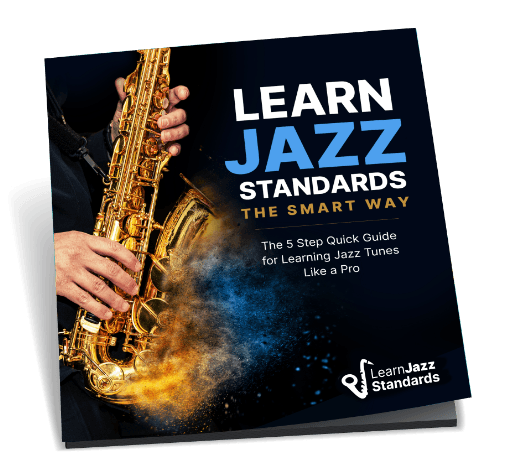
Who Were The Jazz Artists That Developed Jazz Fusion?
Let’s explore some of the bigwigs of jazz fusion! These fifteen jazz musicians were integral to the development and proliferation of jazz fusion.
1. Miles Davis
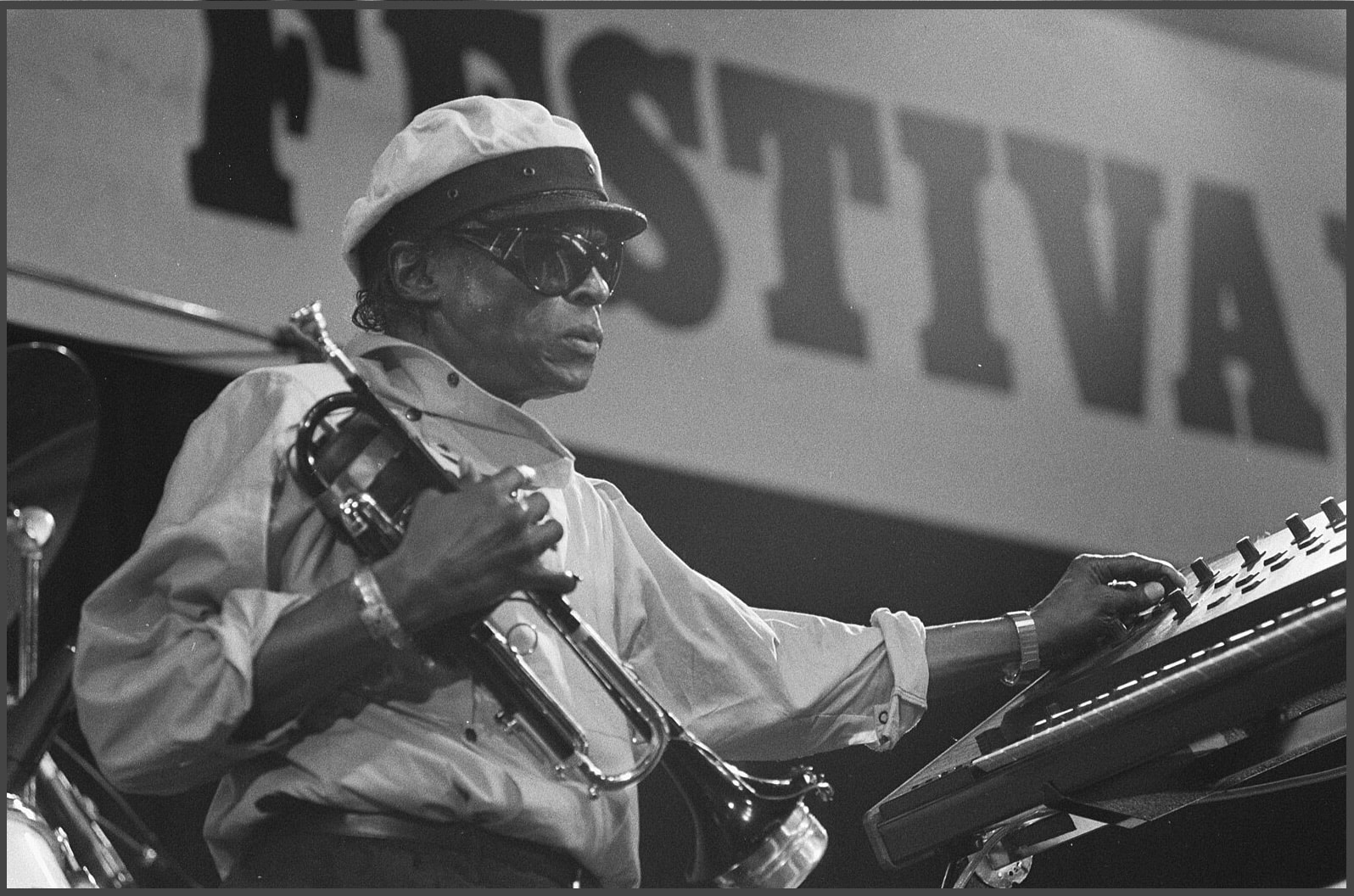
image source: Wikimedia Commons
Miles Davis is considered one of the early pioneers of jazz fusion. Some even credit him with founding the genre, though this is a (slightly) exaggerated claim.
Regardless of how personally responsible he was, his music in the late 1960s and early 1970s was at least one of the catalysts for jazz fusion’s birth. So many influential players in jazz fusion played with Miles Davis, so he is at least a foundational figure, if not solely responsible, for its rise.
Albums like In a Silent Way (1969) and Bitches Brew (1970) fused jazz with rock, funk, and new studio production techniques. The result of these musical endeavors was jazz-rock fusion. With a jazz legend like Miles Davis on board, other jazz musicians felt eager to explore the possibilities.
Many jazz musicians in Miles’ orbit then would launch successful jazz and jazz fusion careers. Here is one of the foundational jazz fusion albums: Miles Davis’ Bitches Brew (1970).
Check out this article to learn more about Miles Davis and other influential jazz trumpet players.
2. Herbie Hancock
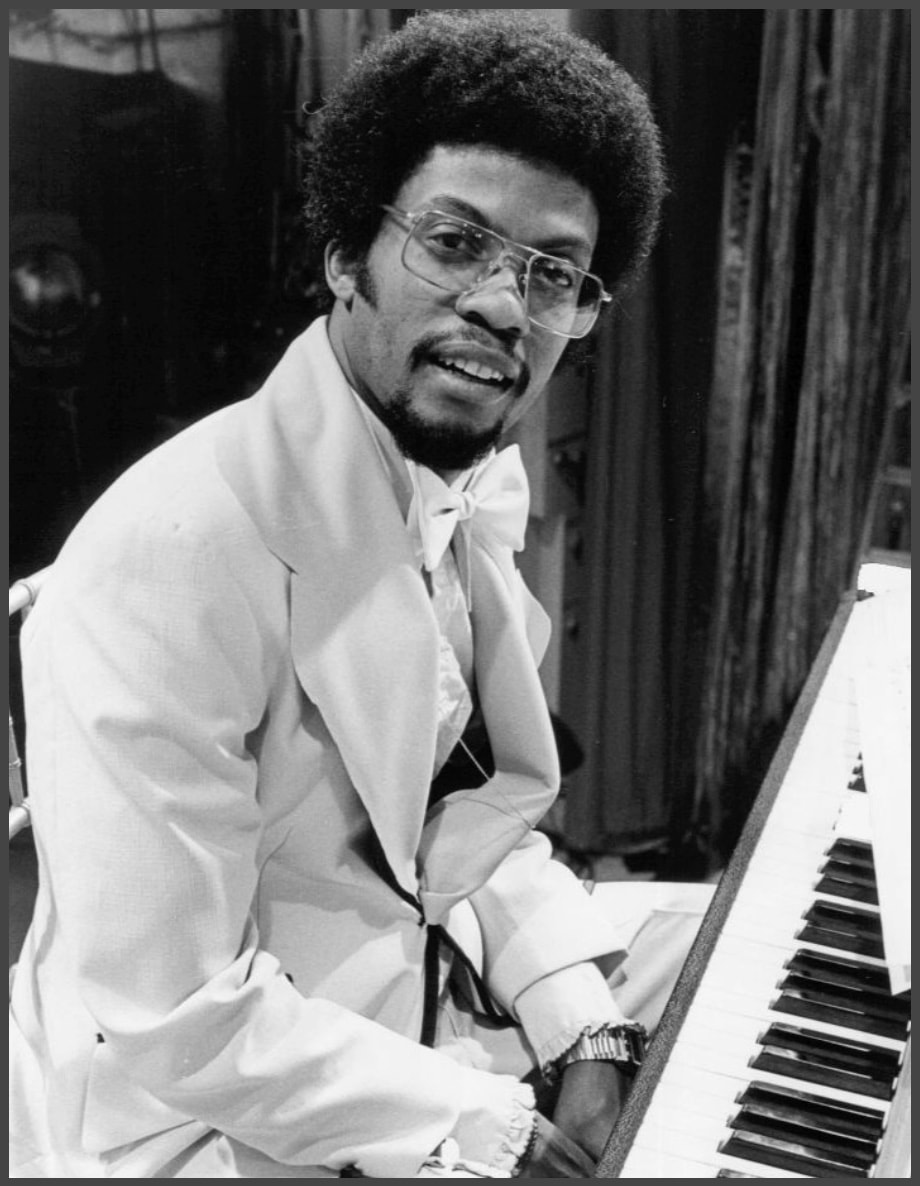
image source: Wikimedia Commons
Speaking of jazz musicians in Miles Davis’ orbit, Herbie Hancock had been playing with Miles since 1963, when he joined the Second Great Quintet. He would also appear on the 1969 early jazz fusion album In A Silent Way.
However, Herbie Hancock’s monumental contributions to jazz fusion were through his group Head Hunters, which released a series of albums through the 1970s that blended jazz elements with funk rhythms, electronic sounds, and synthesizers.
Their debut self-titled album, Head Hunters (1973), contained the classic jazz fusion tune “Chameleon” and a funky reimagining of his composition “Watermelon Man,” both of which would become jazz standards. Hancock continued experimenting with electronic music and jazz fusion through the 1980s.
Check out this incredibly funky live version of “Chameleon” from 1974:
Check out this article to learn about Herbie Hancock and other outstanding jazz pianists.
3. John McLaughlin
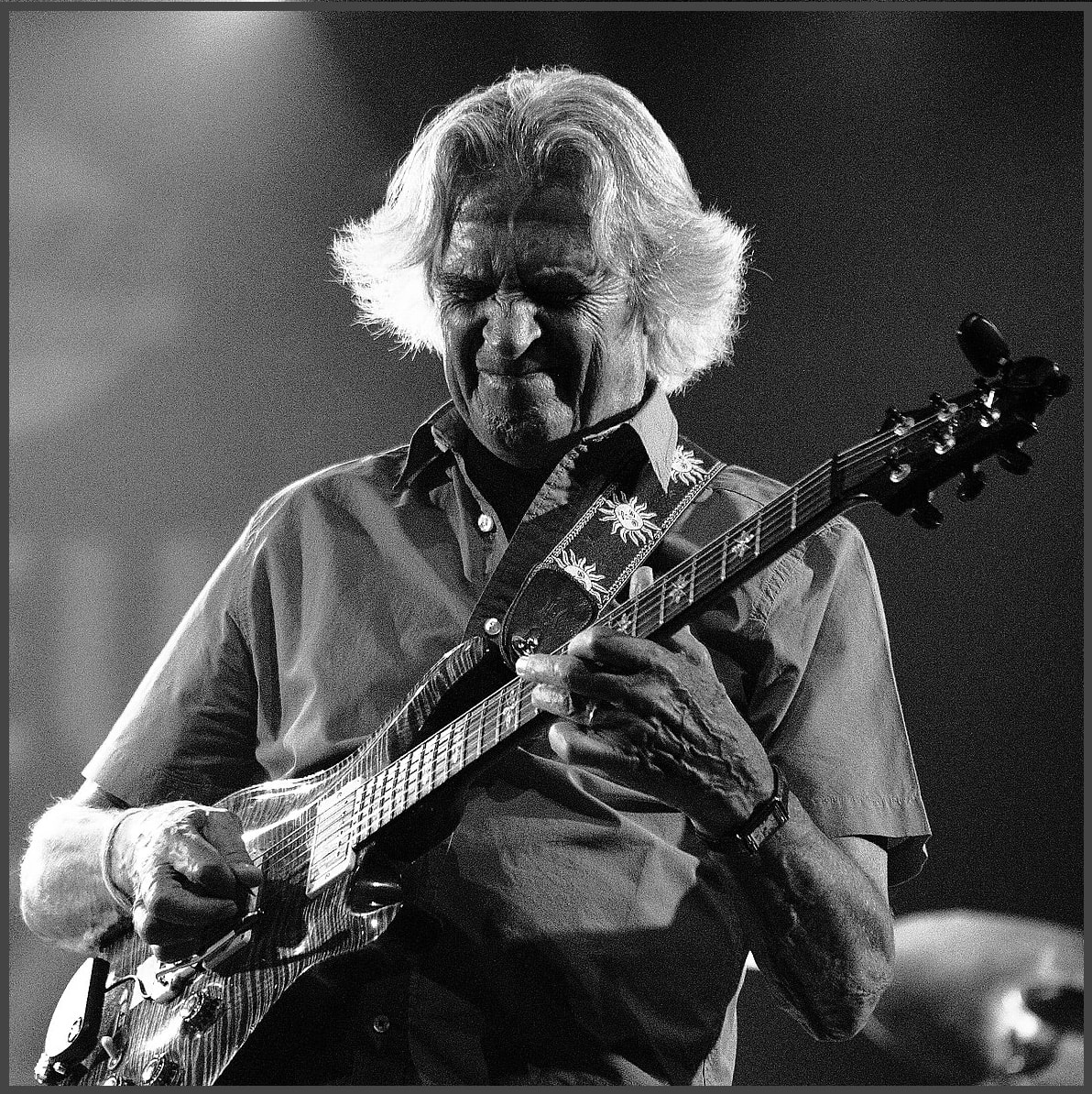
image source: Wikimedia Commons
John McLaughlin is a jazz fusion icon, an incredible jazz musician, and a mind-blowing guitarist. After leading a few groups in his native England, he moved to the United States to work with Tony Williams in the fusion group Lifetime.
He would eventually become the guitarist for several Miles Davis albums, including In a Silent Way, Bitches Brew, Live-Evil, On the Corner, Big Fun, and A Tribute to Jack Johnson.
However, John McLaughlin wasn’t only an incredible sideman. He also led one of the most unique and influential jazz fusion groups—the Mahavishnu Orchestra—which incorporated elements of Indian classical music, jazz, and psychedelic rock music.
Here is the Mahavishnu Orchestra doing what they do best:
And to show his versatility, here is a rare recording of him playing with rock guitarist Jimi Hendrix in a jam session:
Check out this article to learn more about John McLaughlin and other incredible jazz guitarists.
4. Wayne Shorter
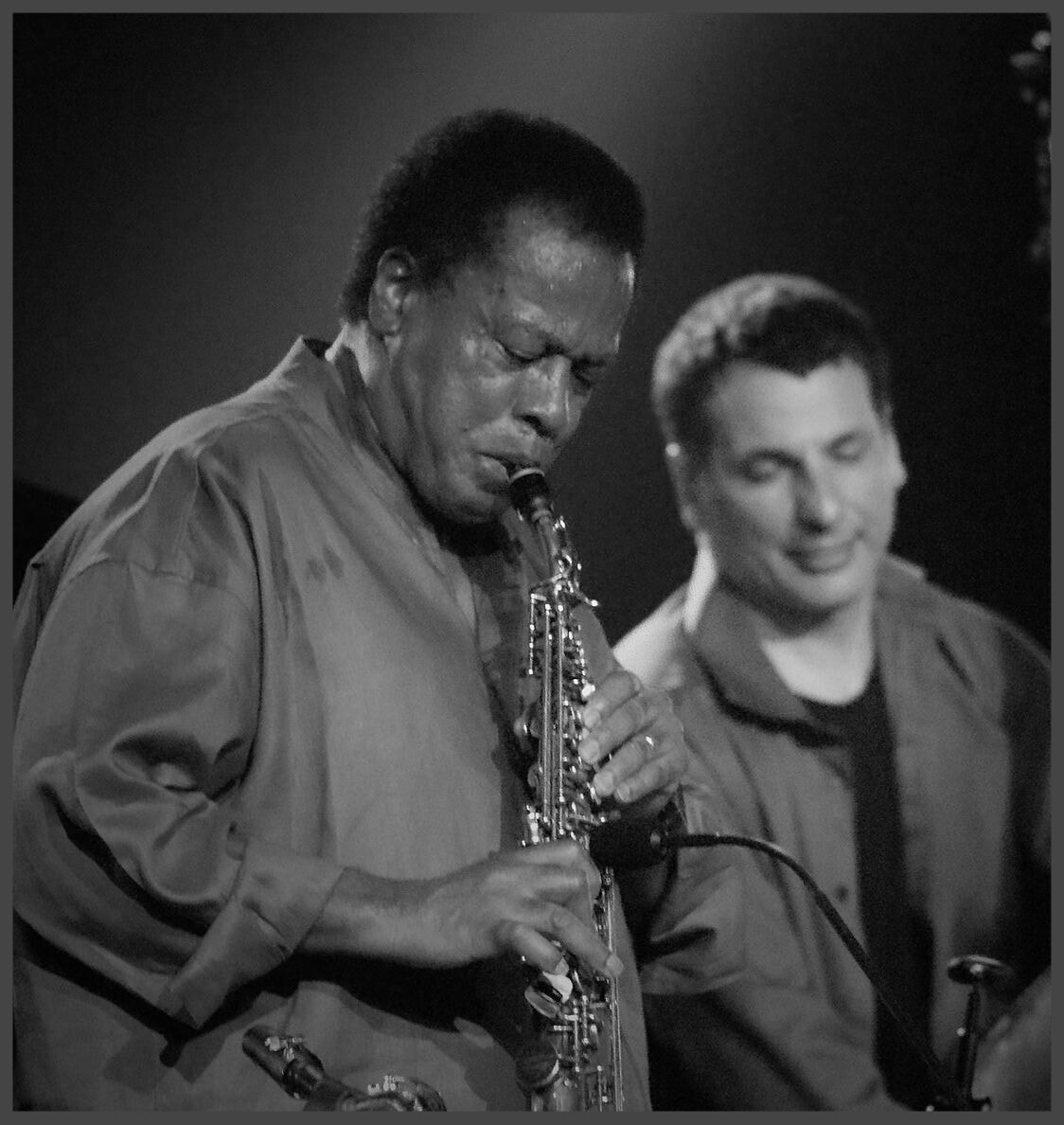
image source: Wikimedia Commons
It’s time for a personal favorite of mine!
Wayne Shorter is another jazz icon who played with Miles Davis, as many on this list have. He started as a Jazz Messenger and eventually joined Miles’ Second Great Quintet. An incredible jazz composer and improviser, Wayne Shorter is truly a jazz legend.
Unsurprisingly, his influence would spread to the jazz fusion genre. Shorter was the saxophonist and co-founder of the jazz fusion giant Weather Report, a genre staple that helped attract many new listeners.
Check out Weather Report’s famous tune “Birdland” in this 1978 performance. Notable players of Weather Report are keyboardist Joe Zawinul and electric bass player Jaco Pastorius (who both appear below this list).
Check out this article to learn more about Wayne Shorter and other mind-blowing jazz saxophonists.
5. Chick Corea

image source: Wikimedia Commons
Here’s another personal favorite of mine!
Chick Corea is an incredible jazz composer and virtuoso keyboard player. Like others mentioned in this list, he played with Miles Davis in the late 1960s and formed one of the most mind-blowing jazz fusion groups to emerge from the early 1970s: Return To Forever.
Where other jazz fusion groups prioritized blending jazz with rock music, Return To Forever experimented with blending jazz, electric piano, and predominantly Latin music. With vocalist Flora Purim, they had a pop music appeal that other groups lacked.
Return to Forever is highly influential to me. I remember wearing down the grooves on their self-titled albums, Return To Forever (1972) and Light as a Feather (1973), when I was in college!
Check out the track 500 Miles High in this 1972 performance:
6. Tony Williams
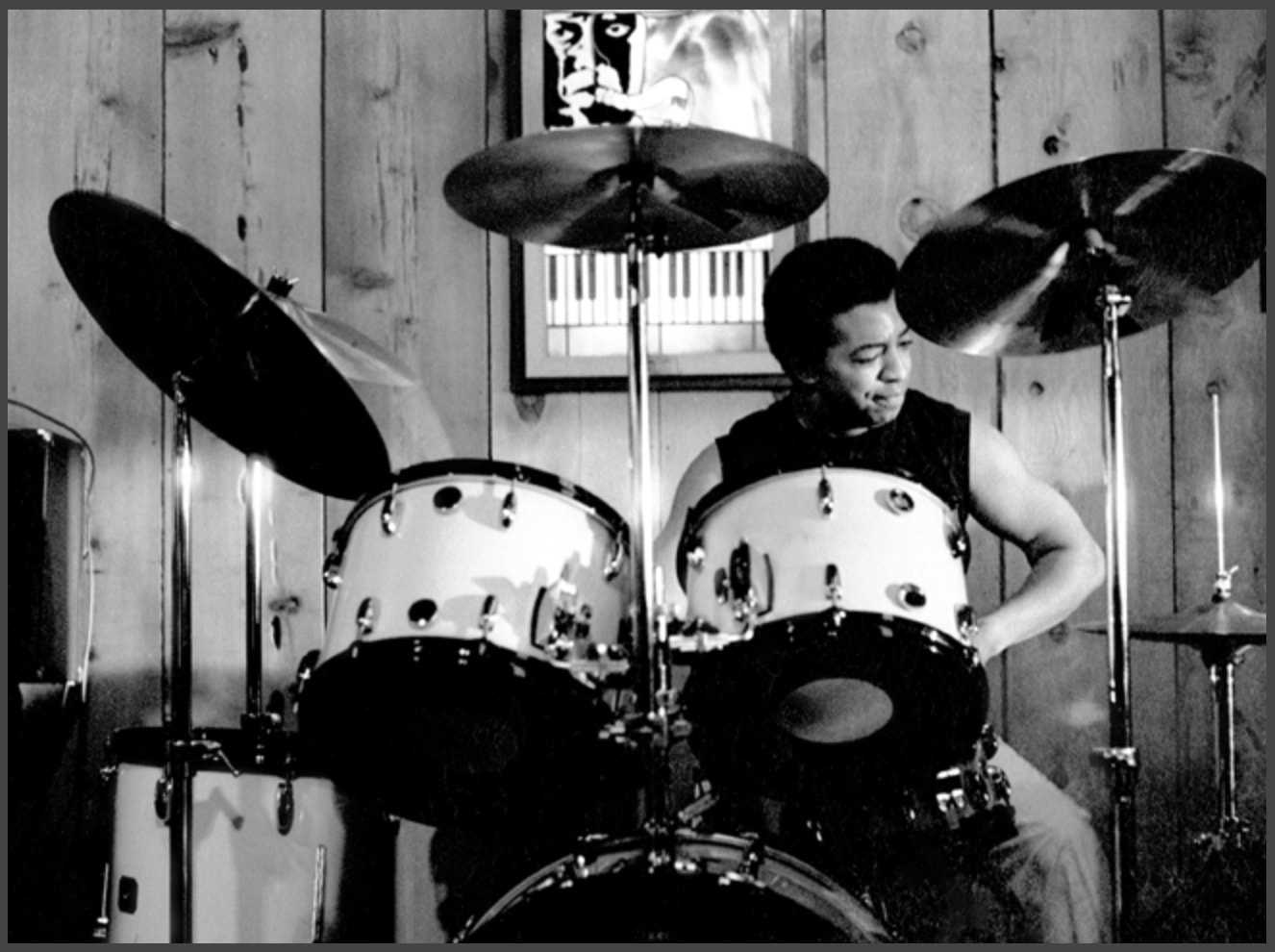
image source: Wikimedia Commons
Like many other entrants on this list, Tony Williams made a name for himself by playing with—you’ve guessed it—Miles Davis. He is one of the most influential jazz drummers from the post-bop era. He joined Miles Davis’s second great quintet when he was only 17 years old!
Tony Williams formed the groupLifetime with John McLaughlin in 1969. It is one of the earliest fusion groups, and its combined rock energy and jazz sensibilities helped pave the way for other jazz fusion groups and rock groups in the 1970s.
Here is Lifetime playing live in 1970:
Check out this article to learn more about hard bop and post-bop.
7. Larry Coryell
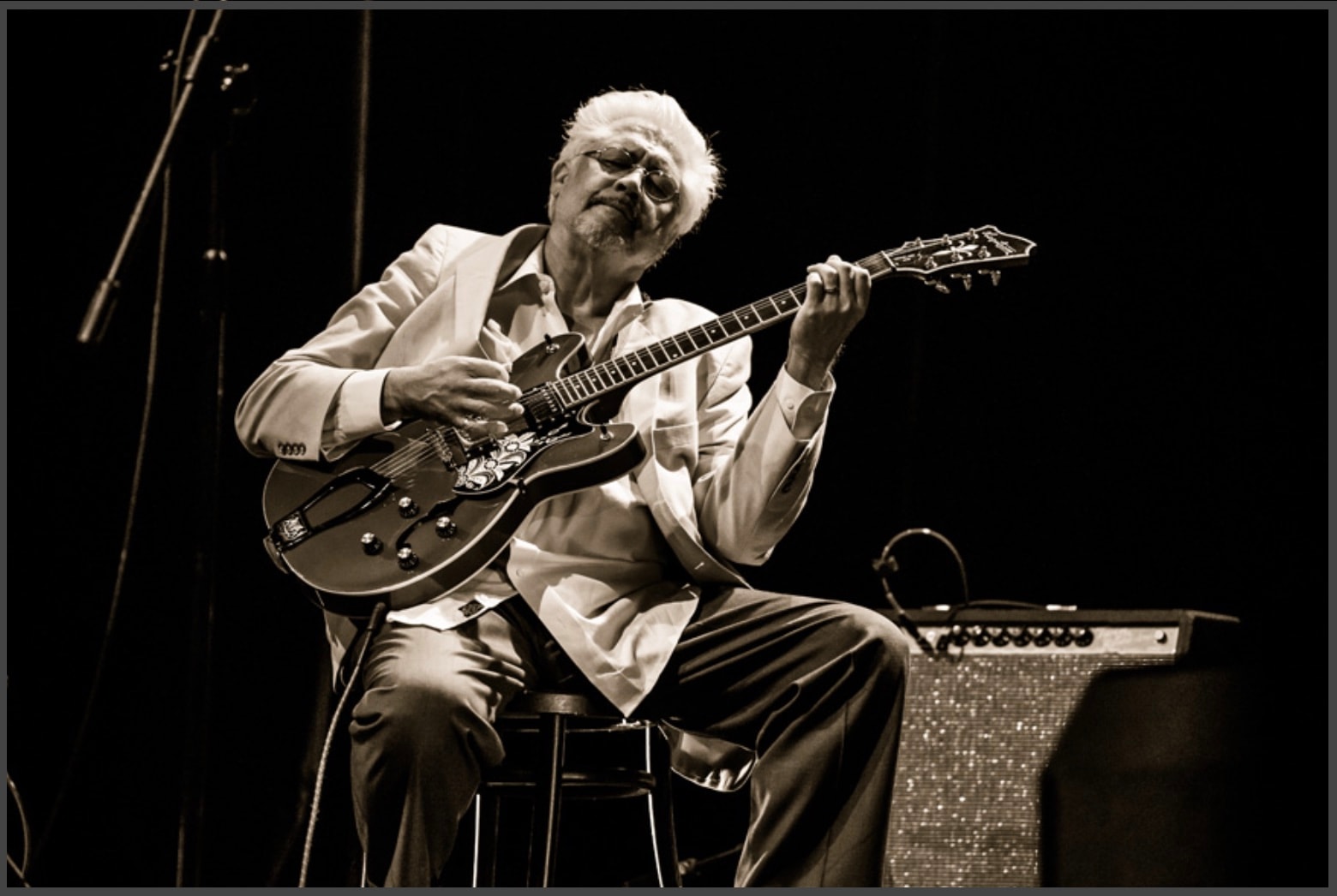
image source: Wikimedia Commons
Larry Coryell is considered the “godfather of fusion.” His impressive jazz and rock chops were only rivaled by his vision of what jazz fusion could be. He led several important groups that influenced what jazz fusion would become in the 1970s.
These groups were Foreplay and The Eleventh House, essential pillars of the jazz fusion scene. Larry also ran in the same musical circles as other entrants on this list, often playing with John McLaughlin and other members from Return to Forever.
Check out Larry Coryell and the Eleventh House performing live in Oslo:
8. Jean-Luc Ponty
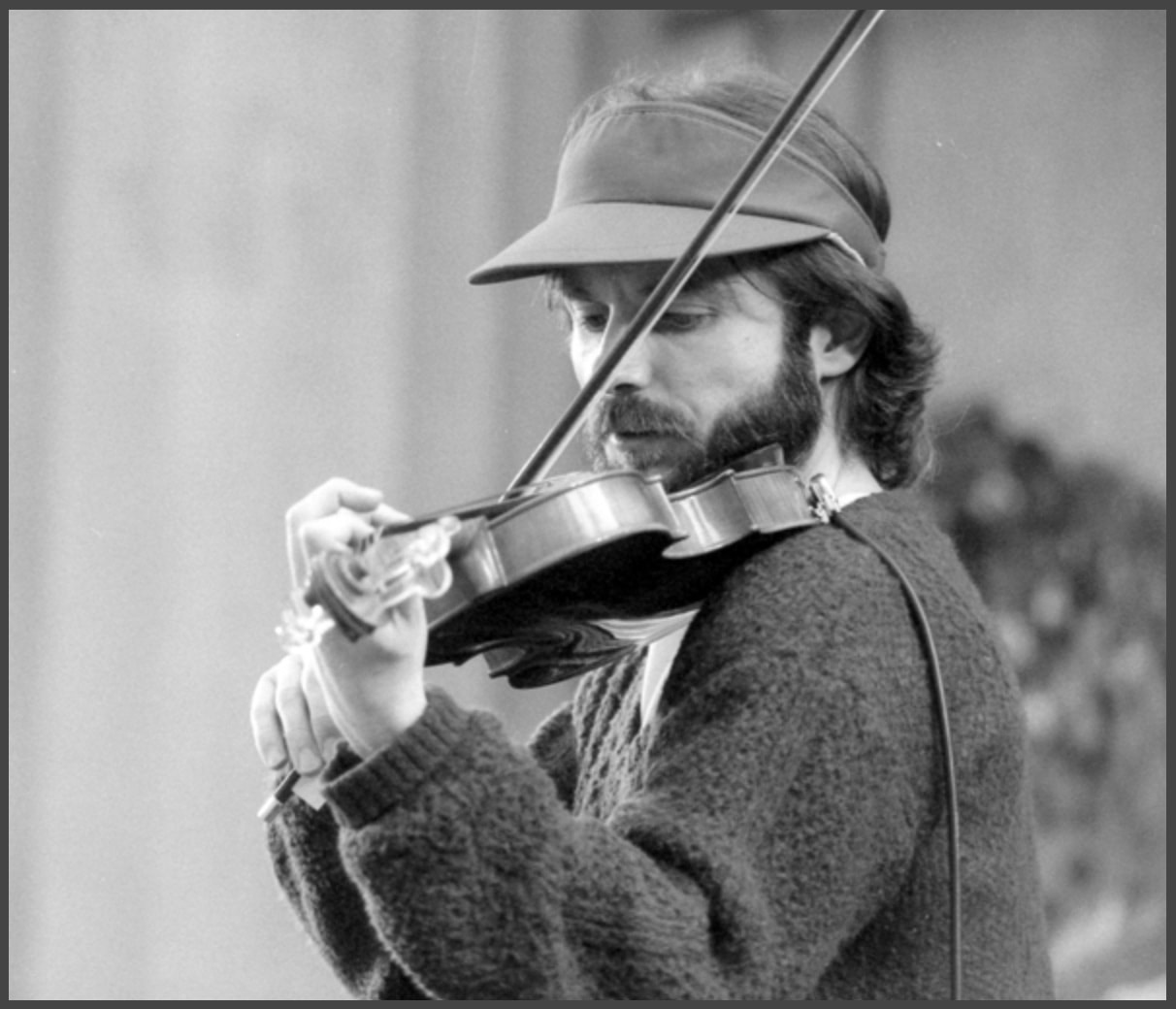
image source: Wikimedia Commons
Jean-Luc Ponty is a French jazz and jazz fusion violinist with some serious classical chops. When performing in the jazz fusion genre, he used an electric violin, which added a raw, rock sound to his playing.
He had made a name for himself in France, playing with other French jazz artists, but his career in the United States took off when he began working with Frank Zappa and emigrated to the United States.
Ponty became a staple of the jazz fusion scene in the US, working with Frank Zappa, Mothers of Invention, and John McLaughlin’s Mahavishnu Orchestra. He also released several solo albums and led several projects.
Check out Jean-Luc Ponty playing at the Montreal Jazz Festival in 1982:
9. Billy Cobham
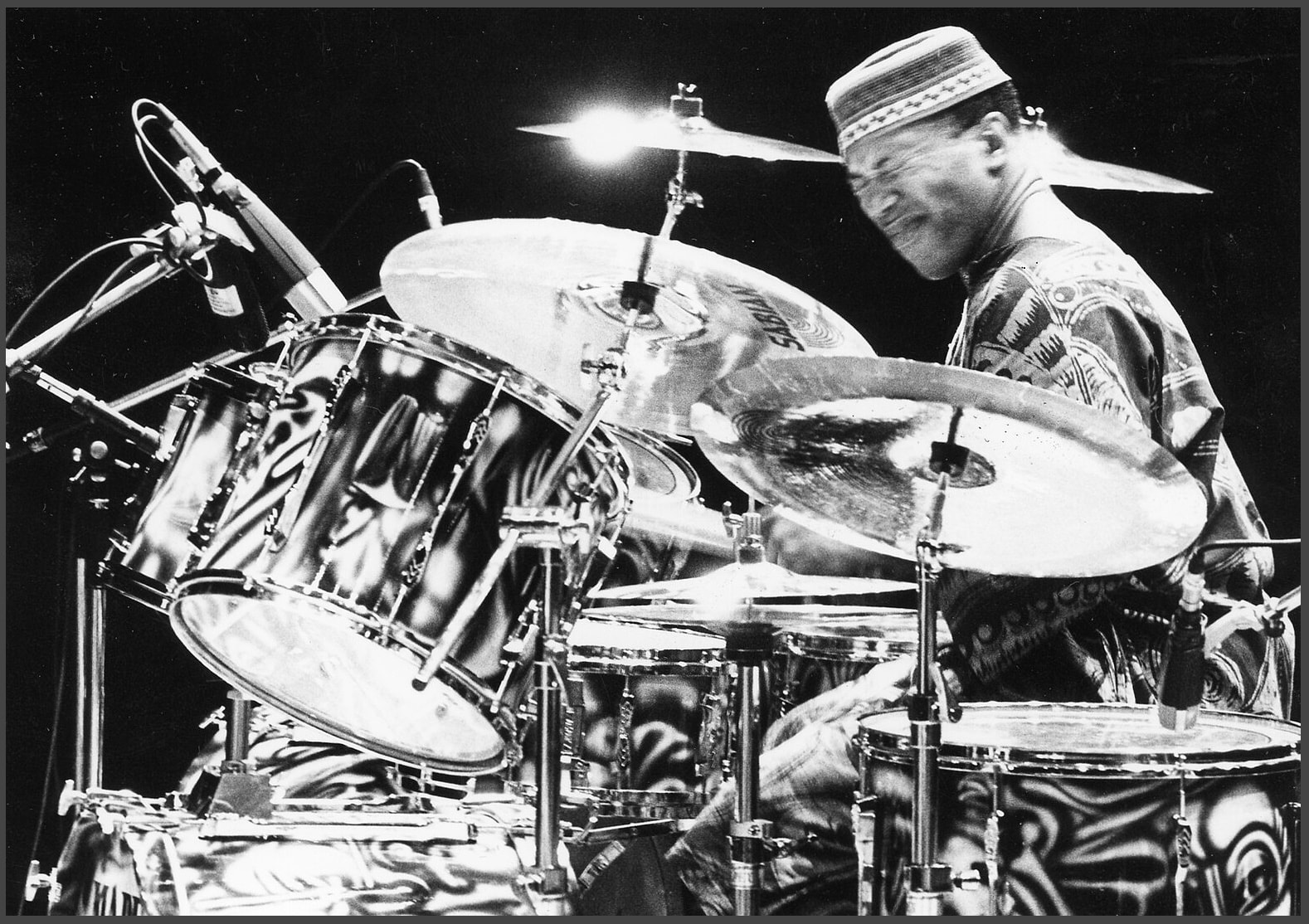
image source: Wikimedia Commons
Billy Cobham was a virtuostic drummer who led the rhythm behind many great jazz fusion groups, including Spectrum, Dreams, the Mahavishnu Orchestra, and a few Miles Davis albums from the fusion era.
Depending on the project, he used acoustic or electric drums, bringing technical proficiency, speed, and power to the groups he performed with.
Here is Billy Cobham’s group, Spectrum, performing live in 1974. Check out the Brecker Brothers in the horn section and John Abercrombie on guitar!
10. Michael Brecker
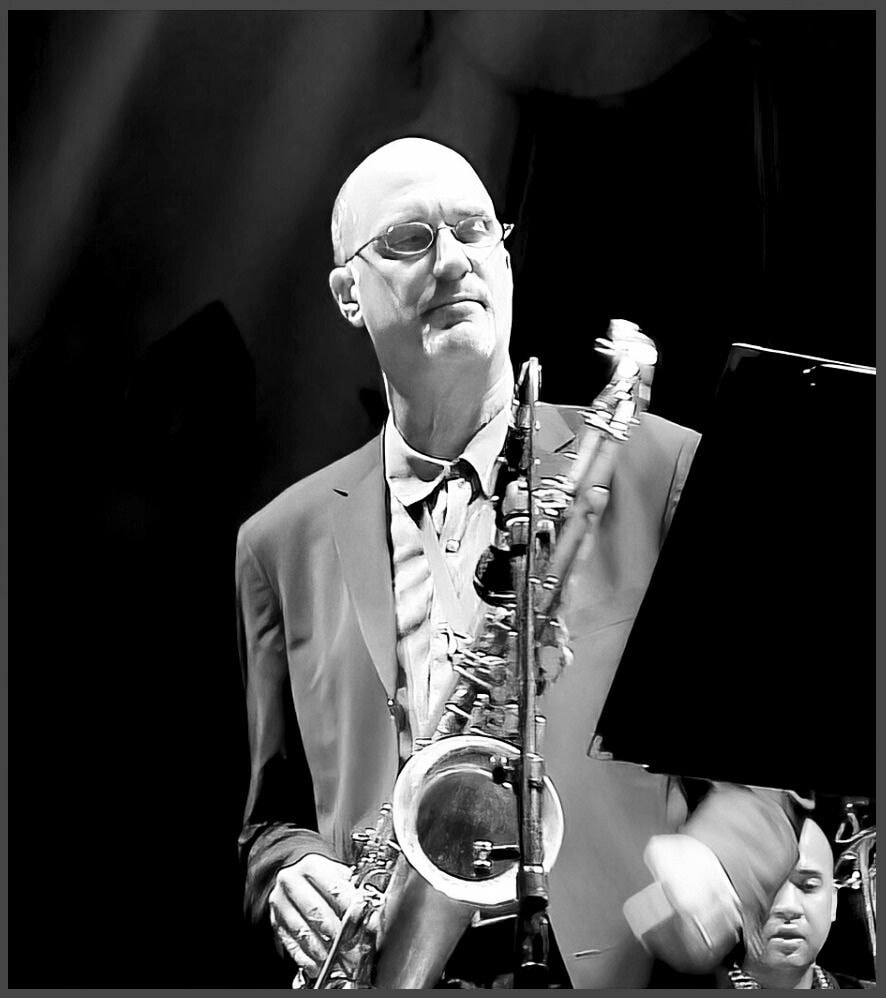
image source: Wikimedia Commons
Michael Brecker is an improvisational inspiration and a jazz fusion icon, leading the Brecker Brothers and being a highly sought-after sax player for pop, jazz, and fusion sessions.
He got his start in Billy Cobham’s Dreams and worked with Horace Silver for a time before starting the Brecker Brothers with his older brother Randy, a trumpet player. In addition to his incredible output with his various musical projects, he was an in-demand session musician throughout the 70s and 80s.
He played with everyone from Steely Dan and Aerosmith to Yoko Ono and Billy Joel—and this barely scratches the surface.
Here is Michael Brecker playing with his “Tales From The Hudson” Band performing live in 1997. His solo starts at 12:14, but you may want to let the whole thing play:
11. Jack DeJohnette
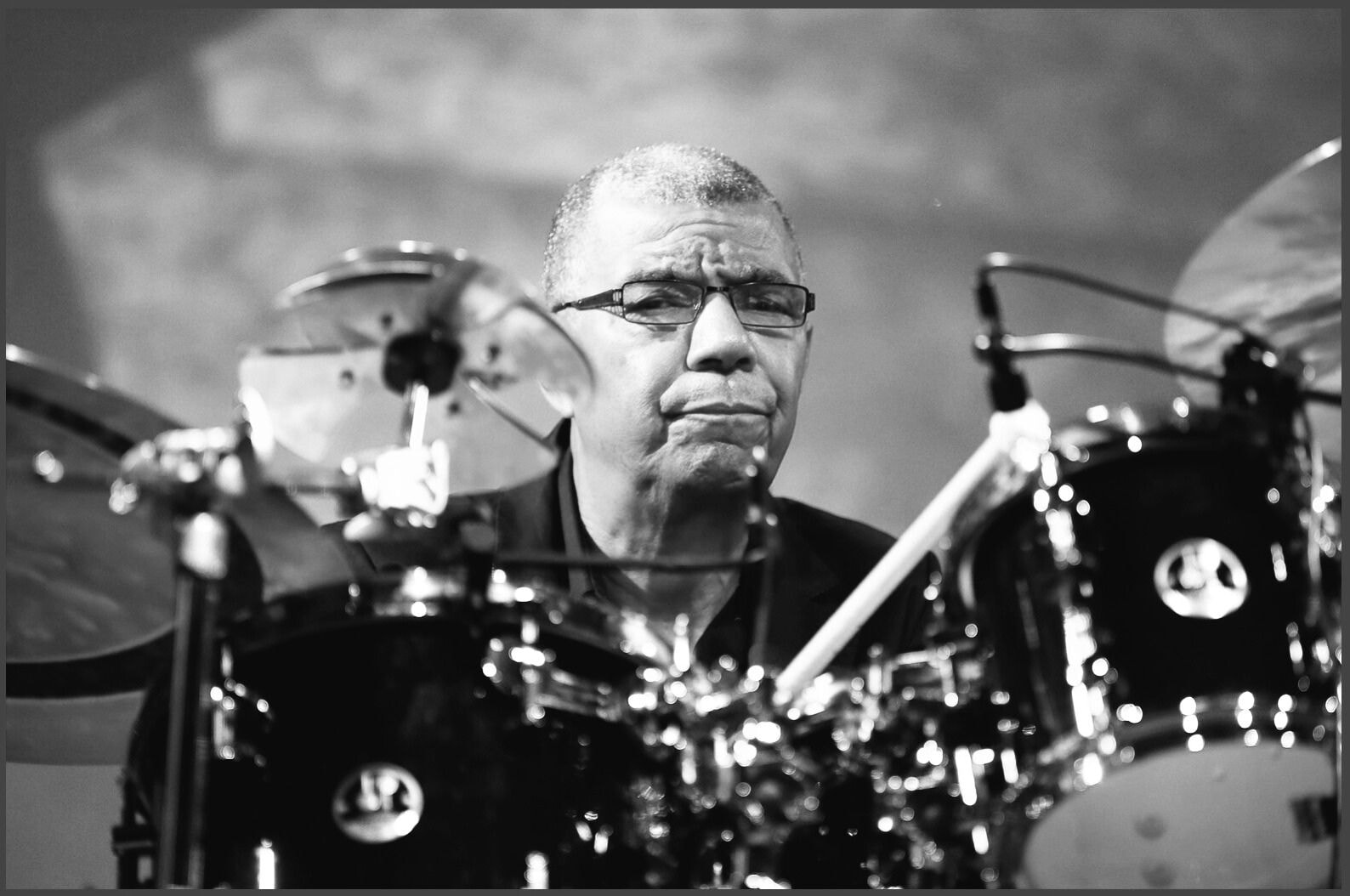
image source: Wikimedia Commons
Jack DeJohnette was an American jazz drummer whose career preceded the jazz fusion era. Coming of age in the hard bop era, he was well-versed in jazz, R&B, and avant-garde music. In the 1960s, he played with Keith Jarrett and Bill Evans, among others, and eventually found his way to Miles Davis.
His free jazz sensibilities helped him blend seamlessly into the emerging jazz fusion scene. He was the primary drummer on the Miles Davis album Bitches Brew (1970) and would continue to work with Miles and the other musicians in Miles’ orbit over the next few years.
Additionally, DeJohnette led several of his own music projects throughout the 1970s and 80s.
Here he is playing in the Gateway Trio alongside Dave Holland and John Abercrombie:
12. George Benson
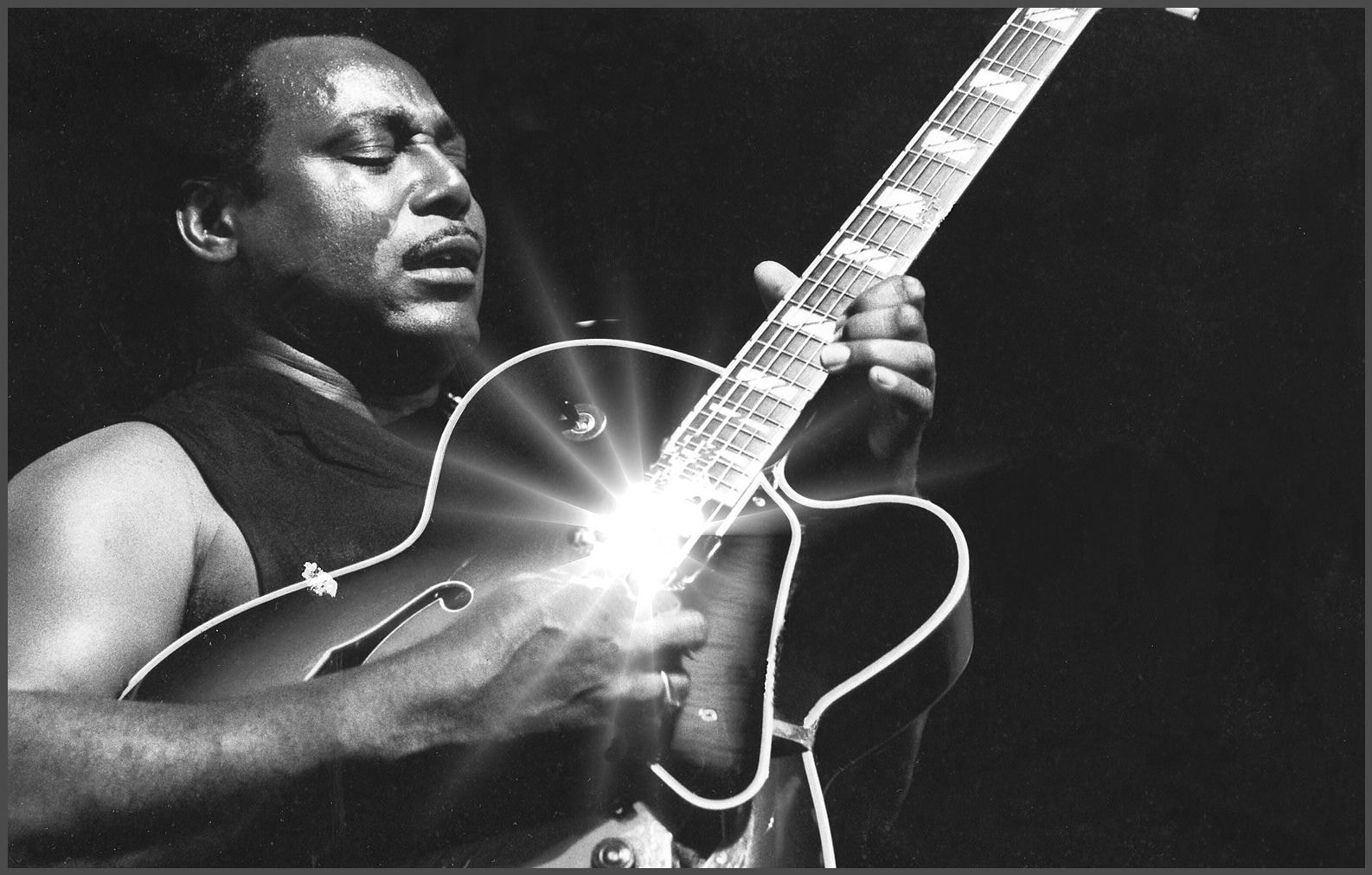
image source: Wikimedia Commons
George Benson is one of the most impressive musicians of the hard bop era. He was not only a formidable jazz guitarist but also had an incredible voice and a knack for creating relevant music that elegantly responded to the changing times.
Seeing where the winds were blowing, he openly embraced jazz fusion and embedded himself in the scene. He would also significantly contribute to popular music with hits like “Give Me The Night” and to smooth jazz with his album Breezin’.
Check him out completely crushing a jazz fusion rendition of “Take Five” at the Montreaux Jazz Festival in 1986.
13. Jaco Pastorius
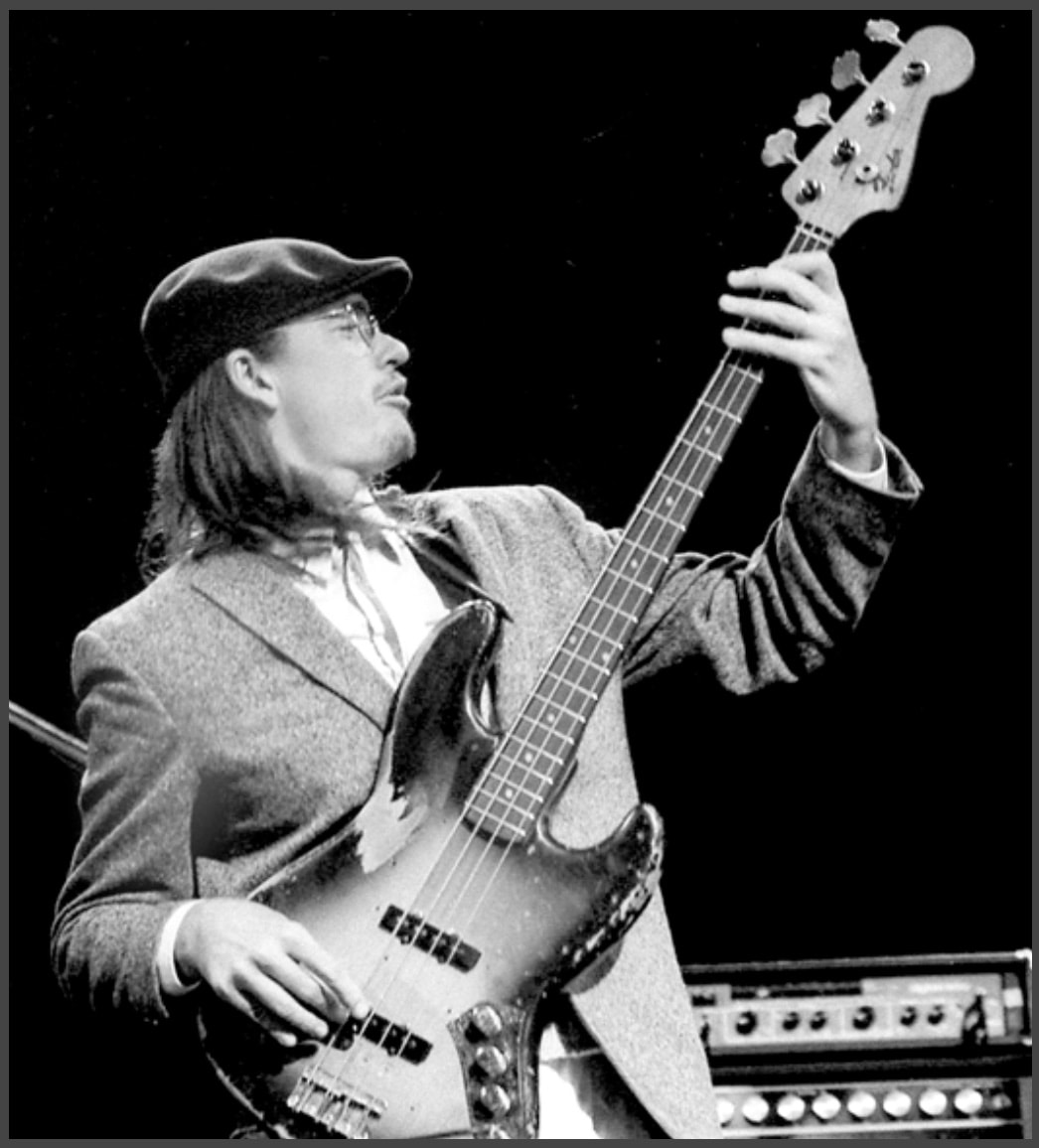
image source: Wikimedia Commons
Jaco Pastorius was an electric bass player who, unfortunately, passed away far too young. He got his start playing with Pat Metheny and also released a solo album that featured many other incredible jazz players on this list, including Wayne Shorter, Herbie Hancock, and Michael Brecker.
Because of his polished virtuosity, he was asked to join the jazz fusion group Weather Report after their bass player left. It was during his stint with Weather Report that Pastorius began abusing drugs and alcohol. He passed away after succumbing to injuries sustained during a bar fight in 1987.
His contributions to jazz bass playing and jazz fusion are manifold. Check him out playing live in 1976:
14. George Duke
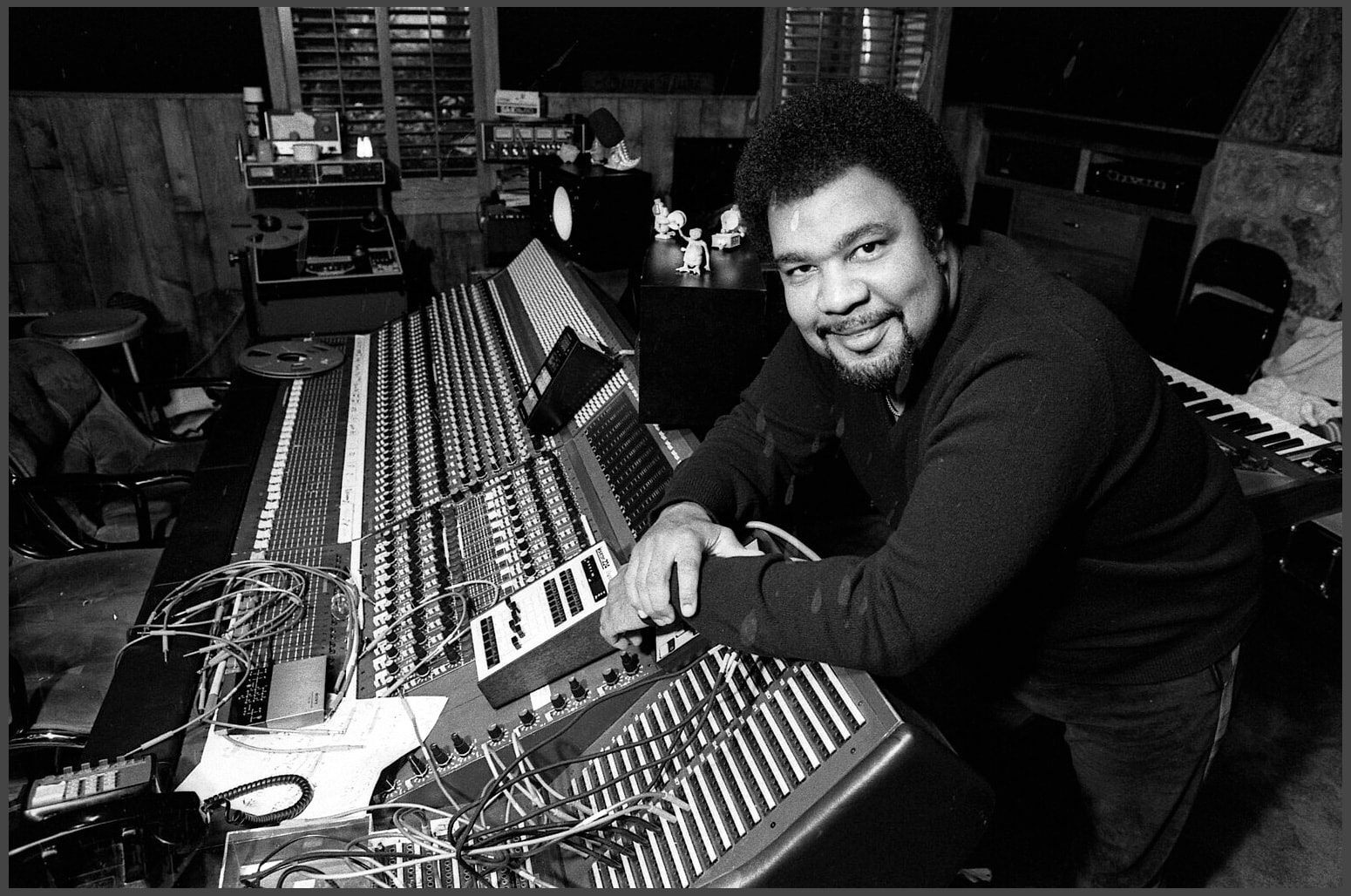
image source: Wikimedia Commons
George Duke was an incredible keyboardist, composer, singer, and music producer who had a prolific solo career and worked alongside music legends like Frank Zappa, Cannonball Adderley, and Jean Luc Ponty.
He fused jazz with pop, soul, funk, and R&B music. During the latter part of his career, he became a renowned music producer, producing pop and R&B hits for Anita Baker, Gladys Knight, A Taste of Honey, Barry Manilow, The Pointer Sisters, and Smokey Robinson.
Check out the George Duke Trio playing live in 2010:
15. Joe Zawinul

image source: Wikimedia Commons
Last but not least, we have Joe Zawinul, co-founder of the jazz fusion group Weather Report alongside Wayne Shorter. He was an incredible composer and keyboardist who got his start playing as the staff pianist for British recording label Polydor in the 1950s.
In the 1960s, he toured with Maynard Ferguson, Dinah Washington, and Cannonball Adderley and, in 1966, he composed the soul jazz standard “Mercy, Mercy, Mercy.”
By the late 1960s, Zawinul was on Miles Davis’ radar and appeared on the landmark Miles albums In a Silent Way (1969) and Bitches Brew (1970).
Want To Take Your Jazz Playing To The Next Level? Check Out The Learn Jazz Standards Inner Circle.
The Inner Circle is designed to help you cut out all the noise and focus on what will make you a stronger musician and better jazz player.
Improve in 30 Days or Less. Join the Inner Circle.


